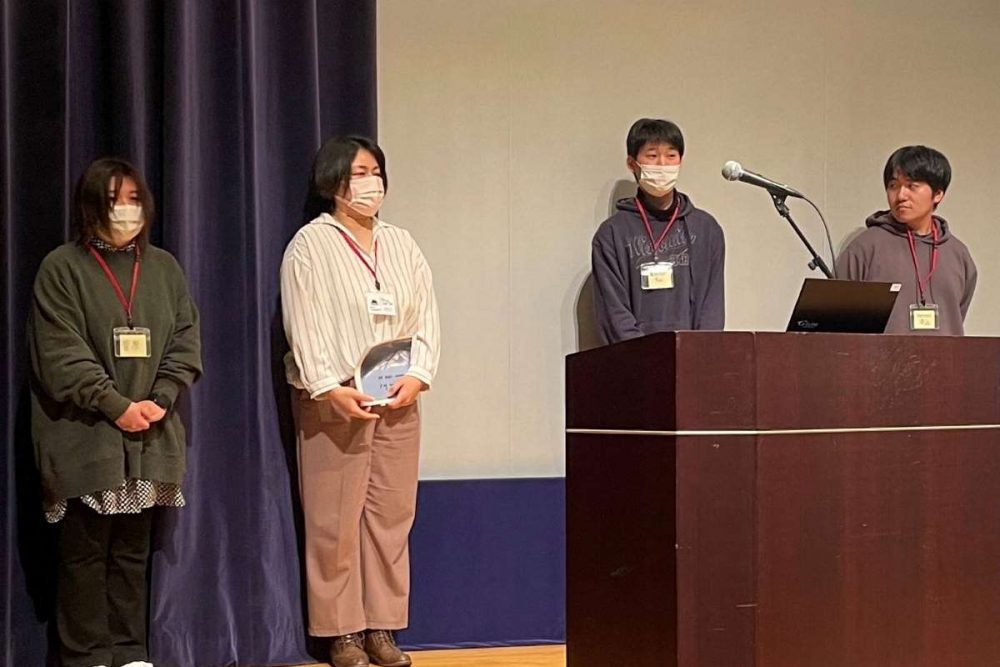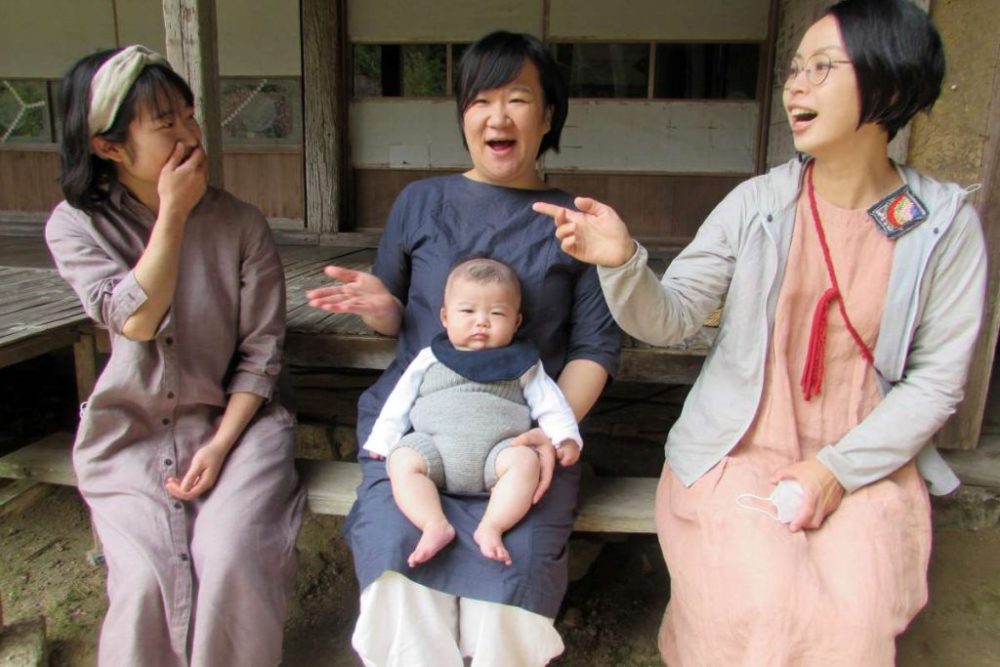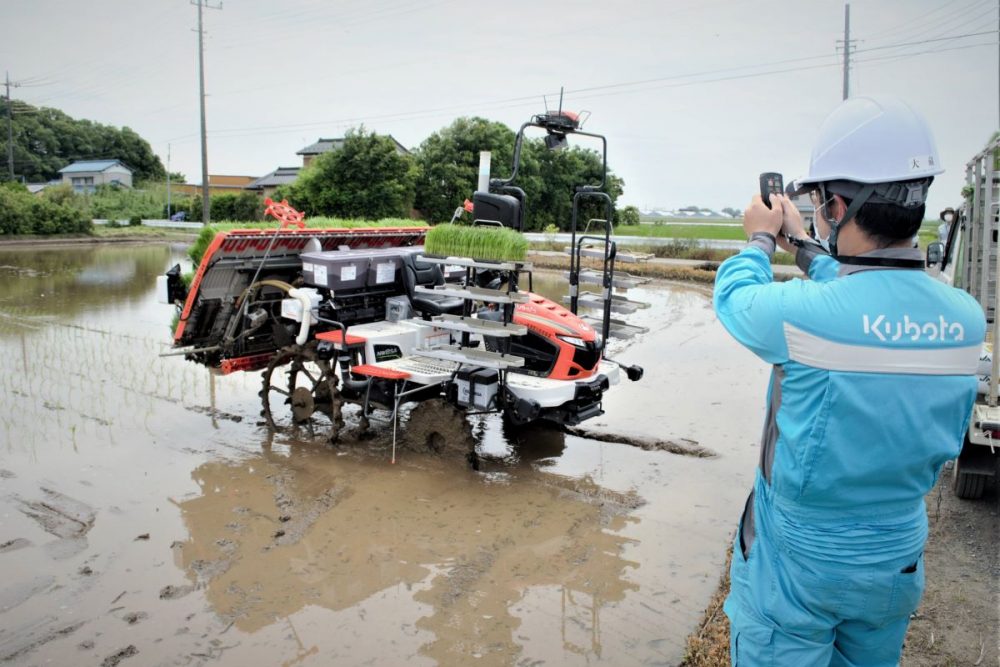Tohoku Recovery: New Beginnings for a Manga Museum and Ishinomaki
The manga museum became a temporary shelter when Tohoku was hit by the tsunami. Then, once the waters receded, the museum helped rebuild a devastated community.
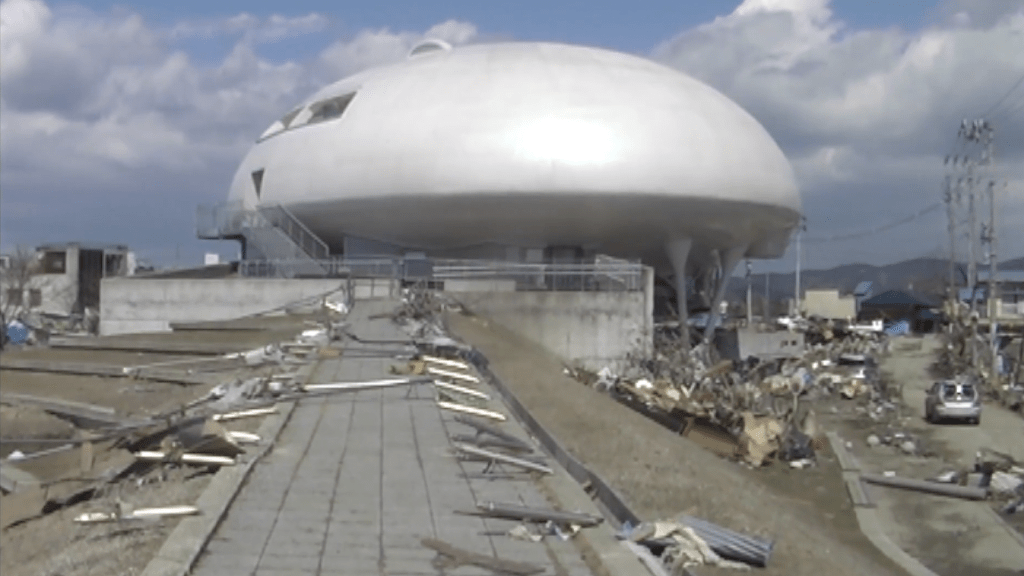
On March 11, 2011, the most powerful earthquake ever recorded in Japan ripped through the Tohoku region. With over 3,000 deaths, the city of Ishinomaki in Miyagi Prefecture suffered the greatest loss of life in the earthquake and ensuing tsunami.
Twelve years later, JAPAN Forward visited Ishinomaki to see how much the city had transformed.
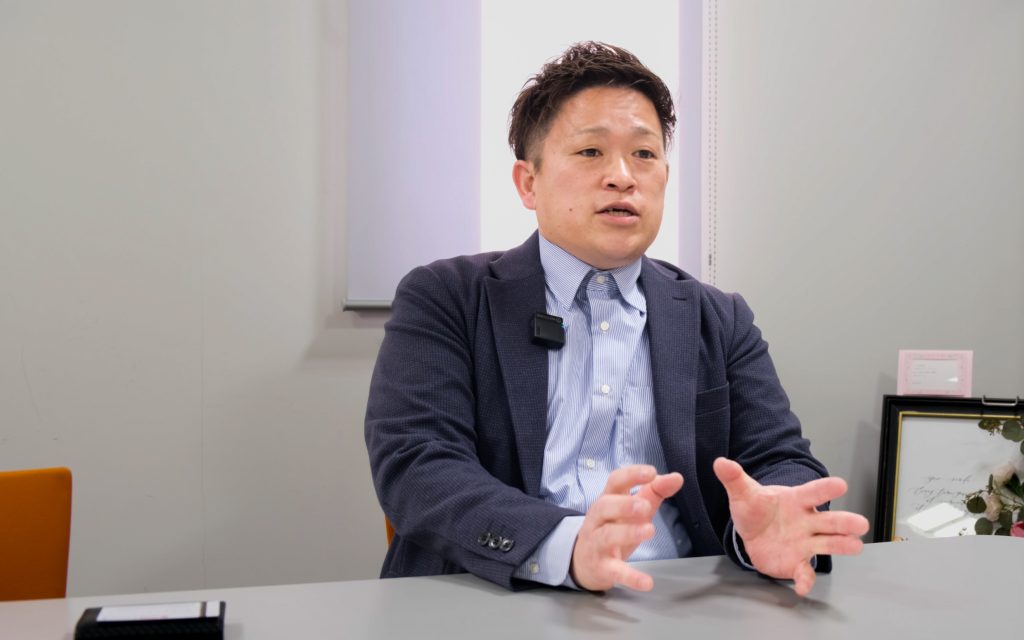
We sat down with Seitaro Omori, the general manager of Machizukuri Manbow Co Ltd, the organization which manages the Ishinomori Manga Museum. Omori was working at the museum when the tsunami hit in 2011, and was a key figure in the city's rebuilding following the disaster.
Excerpts of the interview follow.
Rebuilding
How does one begin to rebuild a community?
In April 2011, the majority of employees at the Ishinomori Manga Museum lost their jobs. Yet, most of them decided to stay to clean up the facility.
"Most people understood. They came to help in the cleanup every day, saying 'good morning' first thing, like nothing had happened," reflects Omori.
It was then that the staff at Ishinomori Manga Museum started thinking about what they could do to help their community.
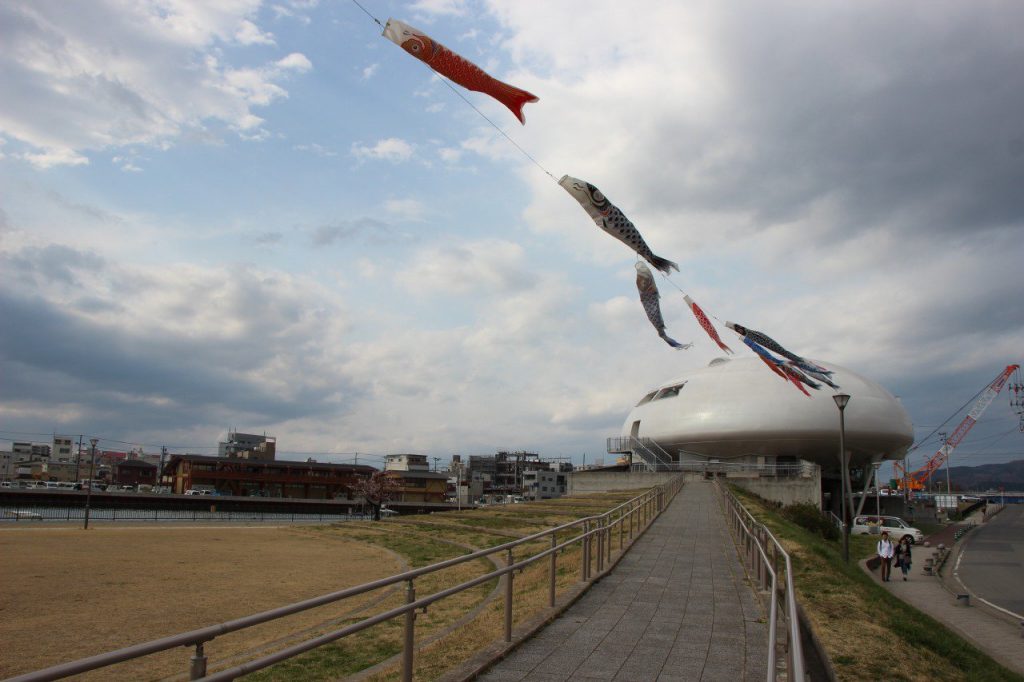
Prior to the disaster, the museum had a yearly tradition of hanging "koinobori," large fish windsocks used to decorate for Children's Day, which is celebrated at the beginning of May. Omori describes how many people in the museum were hesitant to resume the tradition.
"It was a time when people across the country were canceling events to show solidarity with those affected by the disaster. So people here [in Ishinomaki] had misgivings about whether we should be holding an event in the place that suffered the most."
However, Omori argued that it was key for the community. "We thought that from the perspective of our mental wellbeing, it was an important thing to do."
Bringing Hope to a Grieving Community
Locals picked up on the idea, and helped hang koinobori over a rope that was 500 meters (547 yards) long. "Amid the mud and the debris, everything was gray. But we managed to put up something which was so colorful," Omori reflects.
The koinobori rallied the community. Some people brought sweets to share. A local football player came to show support. The nearby theater Okada Gekijo was destroyed in the tsunami, but the staff agreed to organize an open-air screening of a Kamen Rider film.
Omori's team worked tirelessly, irrespective of the number of people attending. He explains, "We needed to do something. We thought it was important to send a message from here."
Ultimately, almost 4,000 people attended the event and thanked the organizers for what they had done. It was then that Omori understood: the community needed this type of event more than anyone else.
Manga Inspired Community
The Ishinomori Manga Museum reopened its doors in 2012. These days, it has returned to its former splendor.

Machizukuri Manbow is an NPO that developed in Ishinomaki out of the reconstruction efforts. Its mission is to create a sense of community through the Ishinomori Manga Museum.
"It's not all about the manga museum and [Shotaro] Ishinomori's works. Using different ideas and working with local businesses, we try to make the city more lively, even now," says Omori.
Looking at the philosophy behind the organization, Omori explains that it takes inspiration from manga.
The characters for "manga" are 漫画. But to express the diverse nature of manga, Ishinomori insisted on using 萬画 instead, where the first character 萬 (man) means 10,000.
"Ishinomori Sensei used to say that manga is a form of art," says Omori. "The manga of Ishinomori is all about possibilities."
Now, Machizukuri Manbow hopes to be an integral part in bringing visitors to Ishinomaki and revitalizing the wider area. The museum has seen a drop in visitors since COVID-19, but Omori is optimistic that relaxed traveling restrictions will bring people back to Miyagi Prefecture.
Interview by: Shaun Fernando
Additional information by Arielle Busetto.
This article was first published on JAPAN Forward on April 2, 2023.






